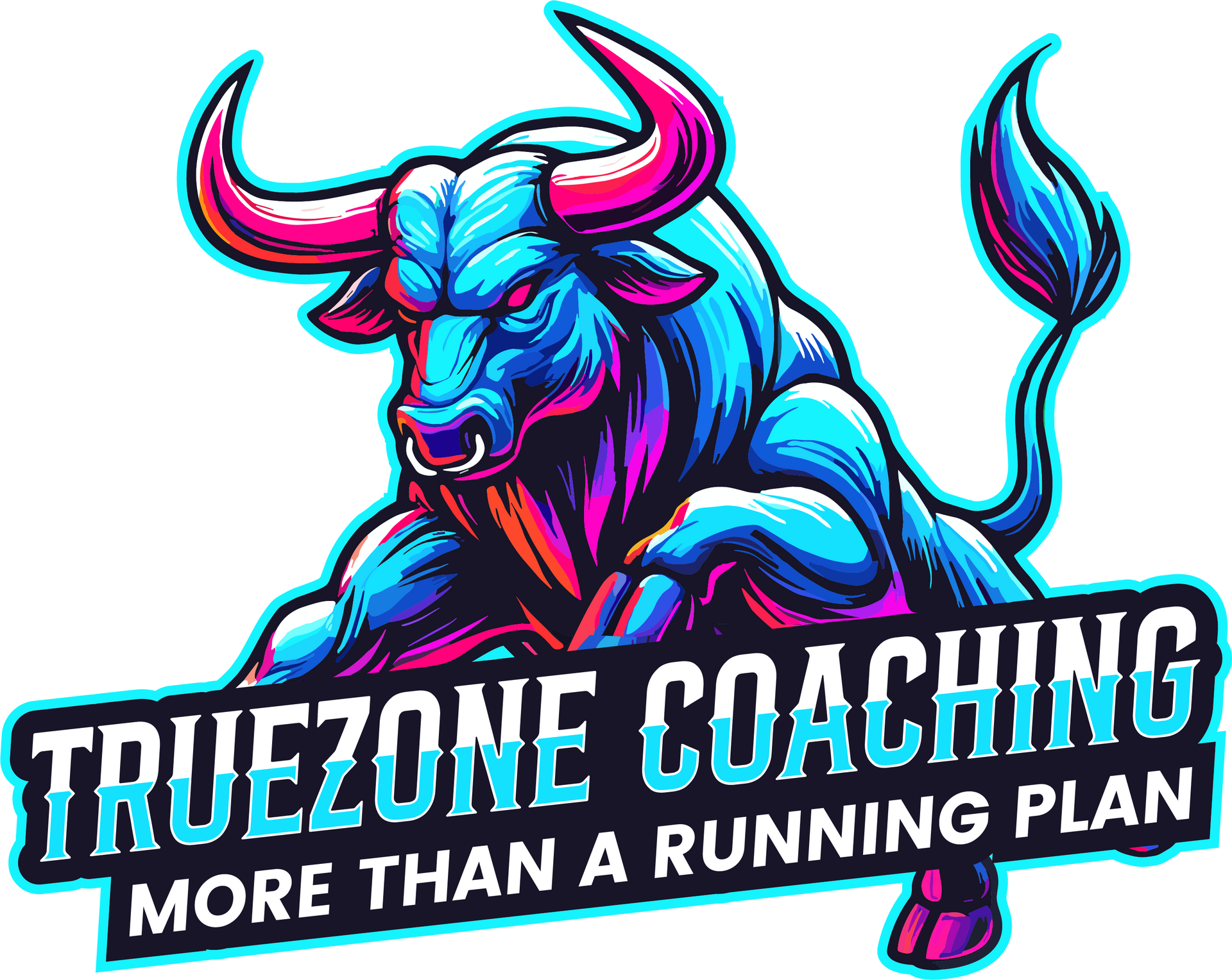Weighing the Pros and Cons: Using a Weighted Vest for Walking and Hiking
Are you doing more harm than good with your weighted vest?
As a coach at TrueZone Coaching, I often get questions about using weighted vests during training. They’ve become quite popular, especially for walking and hiking, and many people wonder if they should incorporate one into their routine. Today, let's dive into the pros and cons, proper usage, and why you should avoid them when running.
Pros of Using a Weighted Vest for Walking and Hiking:
- Increased Calorie Burn: Adding extra weight increases your body's energy expenditure. This means you'll burn more calories during your walks or hikes compared to carrying just your body weight. This can be beneficial for those looking to manage weight or improve their fitness levels.
- Enhanced Cardiovascular Fitness: Carrying extra weight forces your heart and lungs to work harder. Over time, this can lead to improvements in your cardiovascular endurance and overall fitness. Your body adapts to the increased demand, making everyday activities feel easier.
- Strengthened Muscles and Bones: Weighted vests add resistance to your movements, which helps to strengthen muscles and bones, particularly in your legs, core, and back. This can be especially beneficial for those looking to increase bone density and prevent osteoporosis.
- Improved Posture and Core Stability: Walking or hiking with a weighted vest requires you to maintain good posture and engage your core muscles to stabilize your body. This can lead to better posture and a stronger core over time.
- Preparation for Loaded Activities: If you plan on hiking with a backpack or carrying heavy loads, training with a weighted vest can prepare your body for the extra weight. It helps your muscles adapt and reduces the risk of injury when you actually carry the load.
Cons of Using a Weighted Vest for Walking and Hiking:
- Increased Risk of Injury: If used improperly or with excessive weight, a weighted vest can increase the risk of injury, particularly to joints like your knees, hips, and ankles. It can also strain your back and shoulders if you're not used to the added load.
- Potential for Overexertion: Carrying extra weight increases the intensity of your workout, which can lead to overexertion and fatigue, especially in hot weather. It's essential to listen to your body and not push yourself too hard, especially when starting.
- Discomfort and Chafing: Weighted vests can sometimes cause discomfort and chafing, especially during long walks or hikes. Choosing a well-fitting vest and wearing appropriate clothing can minimize these issues.
- Impact on Gait and Form: Using too much weight can alter your natural gait and form, leading to biomechanical issues and potential injuries. It's essential to maintain good form while using a weighted vest.
How Much Weight Should You Use?
Start with a low weight and gradually increase it as your body adapts. A general recommendation is to start with no more than 5-10% of your body weight and gradually increase it to a maximum of 20% as you get stronger. Remember, it’s better to start too light than too heavy. Focus on duration and consistency before adding more weight. For example, if you weigh 150 pounds, start with 7.5-15 pounds in the vest.
Why Weighted Vests Are Dangerous for Running:
Using a weighted vest while running is generally discouraged due to the increased risk of injury. Running involves a higher impact on your joints compared to walking or hiking. Adding extra weight significantly amplifies this impact, increasing the risk of injuries such as:
- Joint stress: The added weight places excessive stress on your knees, ankles, and hips, which can lead to strains, sprains, and other joint issues.
- Muscle imbalances: Running with a weighted vest can alter your running form and lead to muscle imbalances, increasing the risk of strains and pulls.
- Increased fatigue: The extra weight will cause you to fatigue much faster, potentially leading to poor form and increased injury risk.
Running is already a high-impact activity, and adding extra weight dramatically increases the risk without providing significant additional training benefits. It is generally safer and more effective to focus on running faster or longer without extra weight.
Conclusion:
Weighted vests can be a valuable tool for adding intensity to your walking and hiking workouts, leading to increased calorie burn, improved cardiovascular fitness, and strengthened muscles and bones. However, they must be used correctly and with caution to avoid injury. Start with a light weight, gradually increase it as you get stronger, and always listen to your body. And remember, avoid using a weighted vest for running.
Train smart and stay safe!
#TrueZoneCoaching #RunningCoachNearMe #TrainingTips
